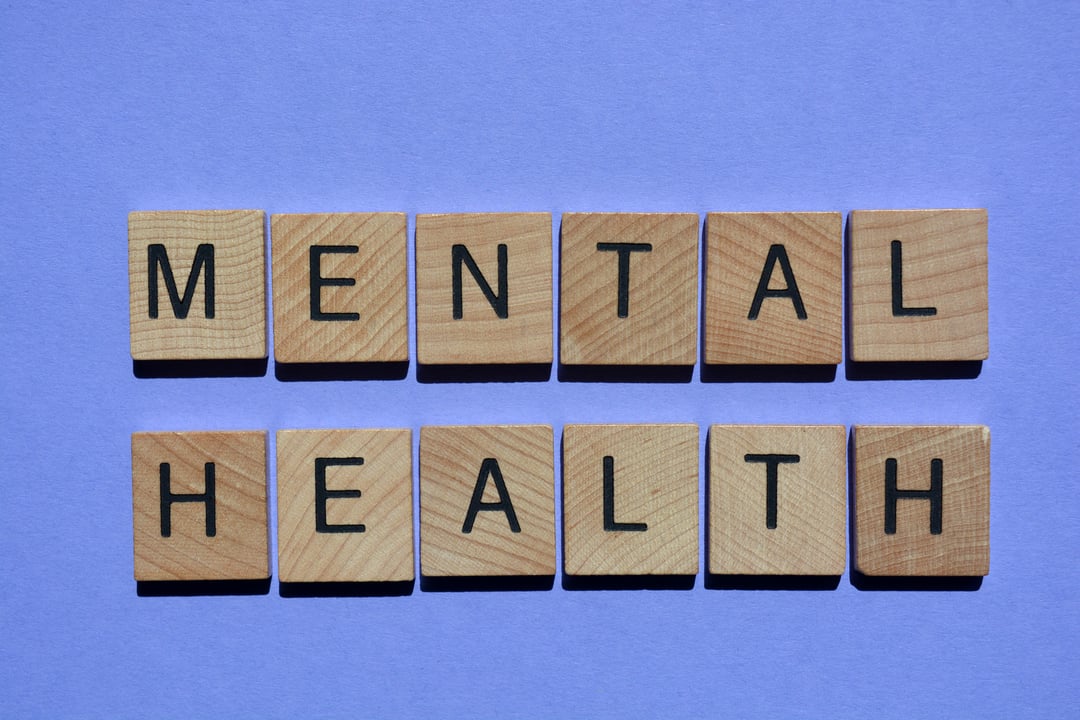Social media is one of the defining experiences of adolescence today. Platforms designed to grab attention and deliver instant feedback are everywhere: feeds that never end, messages arriving constantly, videos, memes, and opinions competing for attention. For teens and youth, navigating this digital world is not merely a matter of willpower. It is a reflection of the underlying strength and capacity of their brains.
When the Brain Struggles
Children with underdeveloped executive functioning—attention, working memory, inhibitory control, and reasoning—can find social media particularly challenging. A weak cognitive system may show itself in several ways:
- Endless scrolling with little comprehension: Without the ability to hold and process information effectively, children can consume content passively, remembering little of what they see.
- Impulsive reactions: Responding quickly to posts or comments without considering consequences is common when inhibitory control is weak.
- Difficulty judging credibility: Posts, videos, and memes compete for attention, but without reasoning skills, it can be hard to discern which content is reliable.
- Frustration or avoidance: Multitasking across feeds, messages, and notifications can quickly overwhelm a child whose working memory or attentional systems are limited.
These cognitive gaps affect how they engage online. They also ripple into school, relationships, and daily life—affecting learning, collaboration, and the ability to regulate emotions.
13-year-old Emma frequently misinterprets the tone of online messages. She reacts defensively to a friend’s joke, thinking it is an insult. In school, she struggles to switch between subjects and assignments without losing focus. Emma’s challenges aren’t due to laziness or lack of interest: they reflect cognitive systems that need targeted support.
The Advantages of a Strong Brain
By contrast, children with well-developed executive functioning - those that allow them to focus, reason, and inhibit impulses—interact with social media in healthier, more productive ways:
- Critical evaluation: They can assess sources, recognize misinformation, and choose what content is worth attention.
- Thoughtful responses: With better inhibitory control, children pause before posting or commenting, reducing conflict and regret.
- Efficient multitasking: Strong working memory and attention allow them to switch between online content, homework, and offline interactions without becoming overwhelmed.
- Emotional regulation: They are less likely to take online slights personally and can manage frustration or excitement in real time.
Beyond Rules: Building the Brain
Many parents are reaching for rules, screen-time limits, or app monitoring as the first solution to protect their children. These measures can help, but they more so seek to control behavior, rather than providing lifelong capacity to make the ‘right’ decisions.
The most powerful approach is to strengthen the brain itself. The qualities required to navigate social media thoughtfully—attention, problem-solving, inhibitory control, reasoning, and cognitive integration—can be improved with structured, intentional practice.
Practical Strategies for Parents
Supporting children in navigating the digital world can include setting limits. Here are practical strategies commonly recommended by experts:
- Model healthy screen habits: Show children how to balance screen time with offline activities. Let them see you pause notifications, read, or engage in hobbies without screens.
- Set clear boundaries and routines: Establish predictable limits for screen use, such as device-free family meals or a set “homework first, screens later” routine.
- Discuss content critically: Encourage conversations about what they see online. Ask questions like, “How do you know this information is true?” or “Why do you think someone posted this?”
- Encourage breaks and movement: Remind children to step away from screens regularly, stretch, move, or get outside to reset attention and reduce mental fatigue.
- Reflect on emotions and responses: After online experiences, ask how they felt and why, helping them identify triggers for impulsive reactions or frustration.
Solutions can also involve building their brain through neuroplastic programming, giving them the intellectual tools to regulate their own habits and choices.
The Role of Neuroplasticity
The brain is remarkably adaptable. Neuroplasticity—the brain’s ability to reorganize itself in response to experience—means that the very regions of the brain that guide our daily life, can be developed. Beyond daily habits, structured cognitive exercises can strengthen the regions that direct support attention, reflection, memory, and self-regulation. The impact is a brain equipped with the ability to inhibit distractions, reason logically and make thoughtful decisions, both online and offline.
Cognitive Strength Matters
Social media isn’t going away, and neither are the distractions, pressures, or rapid streams of information it delivers. A child with a strong, flexible brain is better prepared to:
- Navigate online interactions safely and thoughtfully
- Avoid impulsive or risky behavior
- Separate credible information from misinformation
- Balance online activity with learning, relationships, and offline life
- Engage with peers and content in meaningful, reflective ways
Sofia, 14, used to feel anxious scrolling through her social feeds, reacting emotionally to almost every post. After working through her cognitive program, she now engages online in a way that feels controlled and intentional. She asks questions, thinks critically, and participates without feeling overwhelmed.
Looking Ahead
While our children will always be ‘our kids’, they can’t rely on for the lifelong of distractions, temptations, and risks.
Yes: let’s set boundaries, have open dialouges, and practice self-care when it comes to digital activity. But as the adage goes, better to build a compass than to hand out maps.
The most effective tool we can give children is the opportunity to build a strong one. One capable of analyzing, discerning, and making thoughtful decisions.
We can’t childproof the world, but we can brain-proof the child.

October 30, 2025


